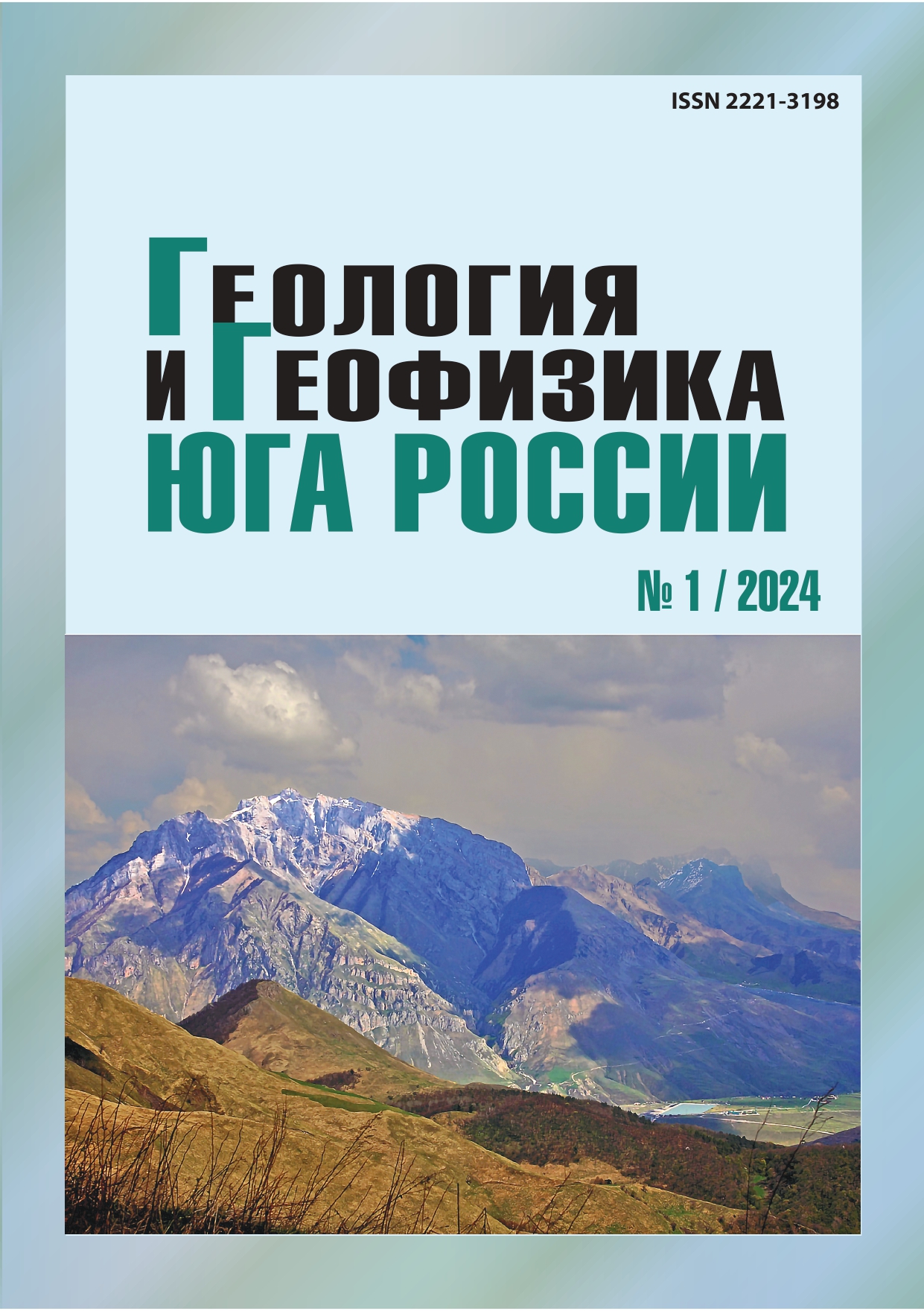Study of the landscape absorption capacity regarding to carbon dioxide using remote sensing data (steppe, forest-steppe and mountain-forest regions of Southern Russia as examples)
Abstract
Relevance. The problem of assessing the absorption capacity of landscapes for environmental dioxide seems relevant in connection with global climate change. Study is being launched, using the capabilities of satellite images to assess the absorption capacity of landscapes and carbon reserves. The aim of the paper is to identify the features of the spatio-temporal dynamics of the absorption capacities of Russian mountain forest, forest-steppe and steppe landscapes in relation to atmospheric dioxide. Objects. The Chechen Republic and the central part of the Orenburg region were chosen as the study regions, where a total of seven key plots were identified, six of which are part of the North Caucasus carbon test site “Way Carbon”. It was required that the key plots are distinguished by a variety of geoecological characteristics, covering mountain forest, forest-steppe and steppe natural zones. Methods. Thematic processing of MODIS products was carried out, which made it possible to calculate the annual carbon absorption rate (CAR) of landscapes for the period from 2000 to 2020. Spatial zoning of the studied regions according to CAR was carried out, and time trends of CAR values were analyzed. The characteristics of the vegetation cover were determined using the normalized vegetation index NDVI, and the time series of CAR values were correlated with NDVI. Results. The absorption capacity of the Chechen Republic landscapes increases from north to south, reflecting the zonal change in natural and climatic conditions: from steppes and semi-deserts in the northern regions to foothill meadow steppes and mountain forests in the south, through forest-steppe landscapes in the center. In areas with a predominance of forests, the long-term increase in CAR values is minimal. The absorptive capacity of the landscapes of the Orenburg region central part increases from south to north: from the dry fescue-feather grass steppe in the south to the forb-feather grass and forbgrass steppe in the north. The spatiotemporal trends of CAR in the central part of the Orenburg region do not show significant fluctuations. An analysis of the relationships between the annual average values of CAR and NDVI for key plots did not reveal a close positive correlation. However, for forest plot No. 5 an average negative correlation is traced, which fits within the framework of theories of stabilization and a gradual decrease in the absorptive capacity index in aged forests.


